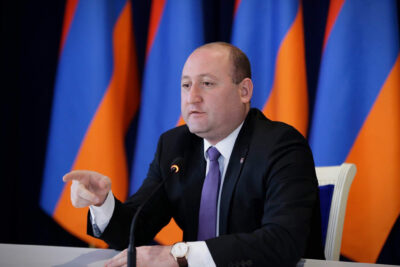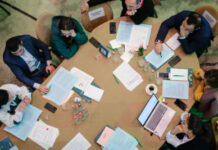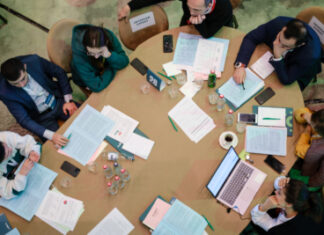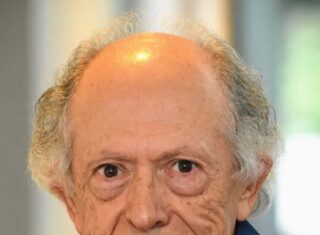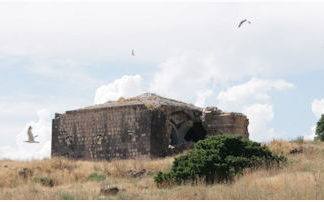By Linda Boyajian Patterson
The seed for this trip was planted when I was 10 years old. My cousin said to me, “Do you know who those people are in that picture?” I looked at the old black and white portrait that had always hung in my Grandmother Derderian’s house. I never thought about the picture, because no one had ever spoken about it. “No, I said. Who are they?” “They’re Grandma’s family.” and I replied incredulously, “Grandma had a family?”
Yes, Grandma had a family, a family that she lost and never spoke about, but she did write about it. To honor her beloved family and to leave us a legacy, she wrote a book, My Life, by Shooshanig Derderian.
In May, I carried that book to Historic Armenia and went to the only place I could be certain that she had been. I stood on the ground in the upper district of Kharpert, by the hillside that had been filled with a thriving community of homes and the Euphrates College. I held her book and tried to smile as I told my friends about my grandmother’s longing for an education. I stood in front of the ruins of the Surp Hagop Armenian Church, and realized that was surely the church she went to. When I came home I wrote this little piece as a legacy to my children and grandchildren.
Armen Aroyan is from Monrovia, CA. I first heard about him when my Uncle Avie (Avedis James Derderian) traveled with him many years ago. Subsequent to that, I have heard his name mentioned, in glowing terms, many times.
